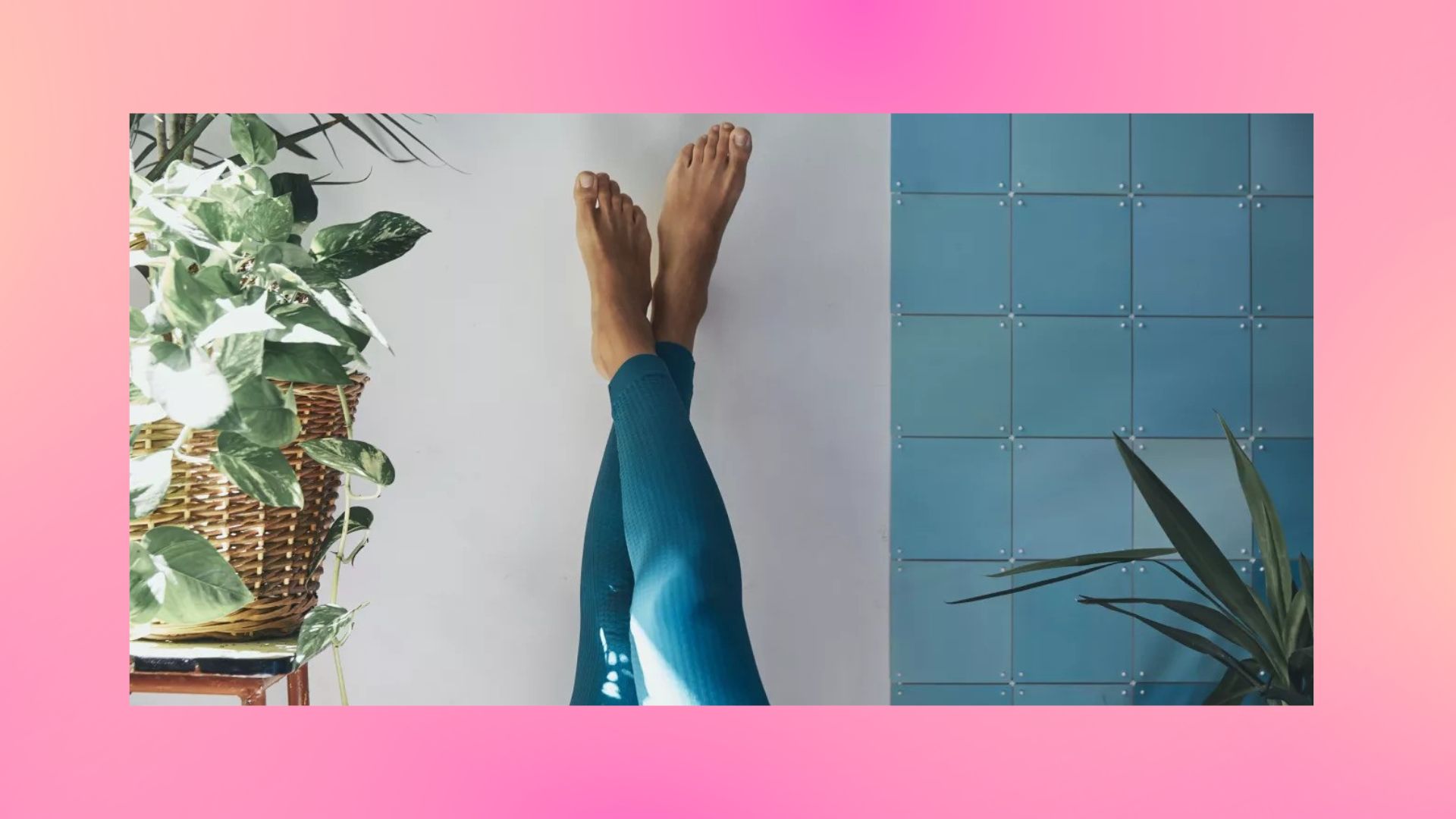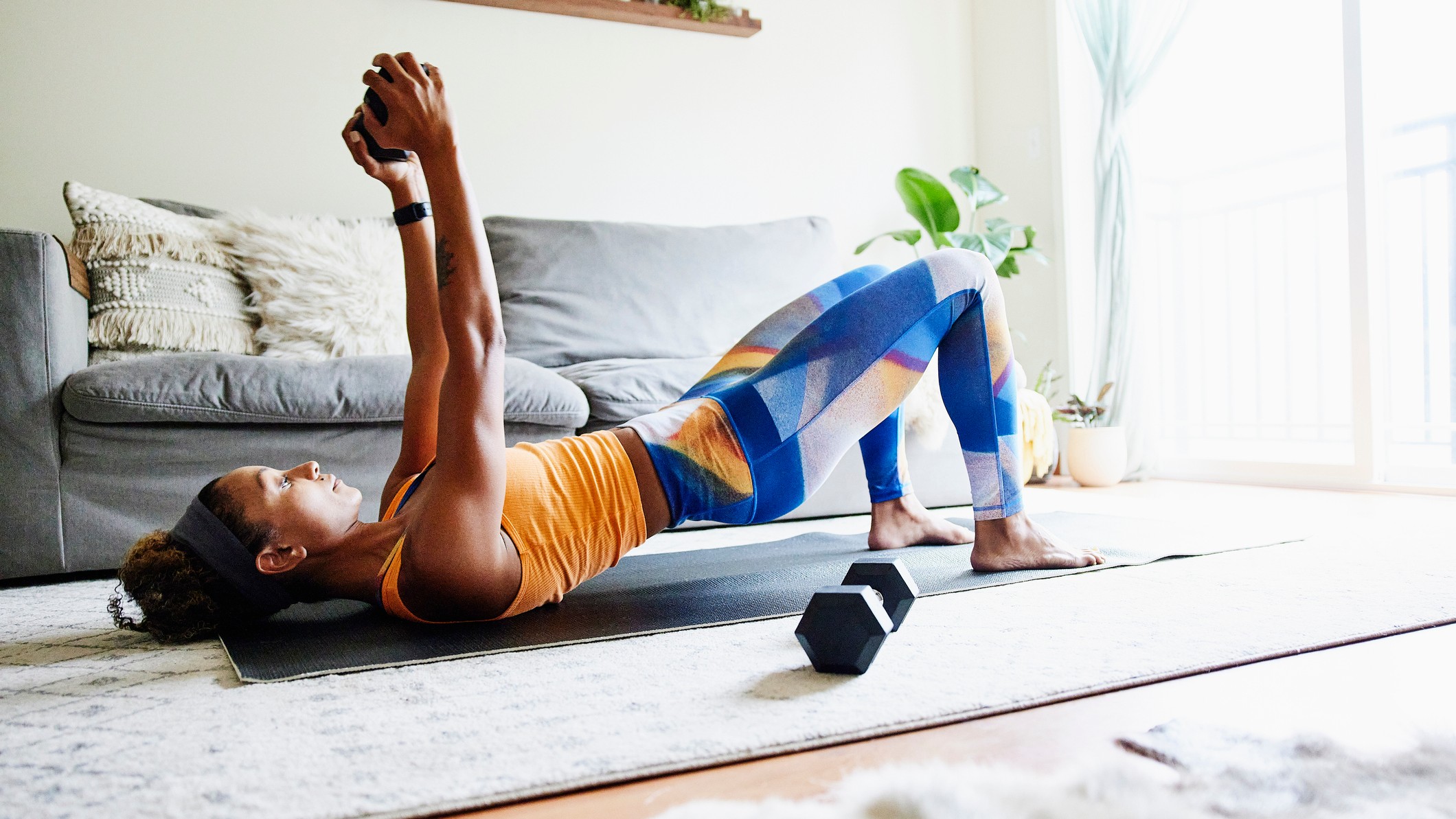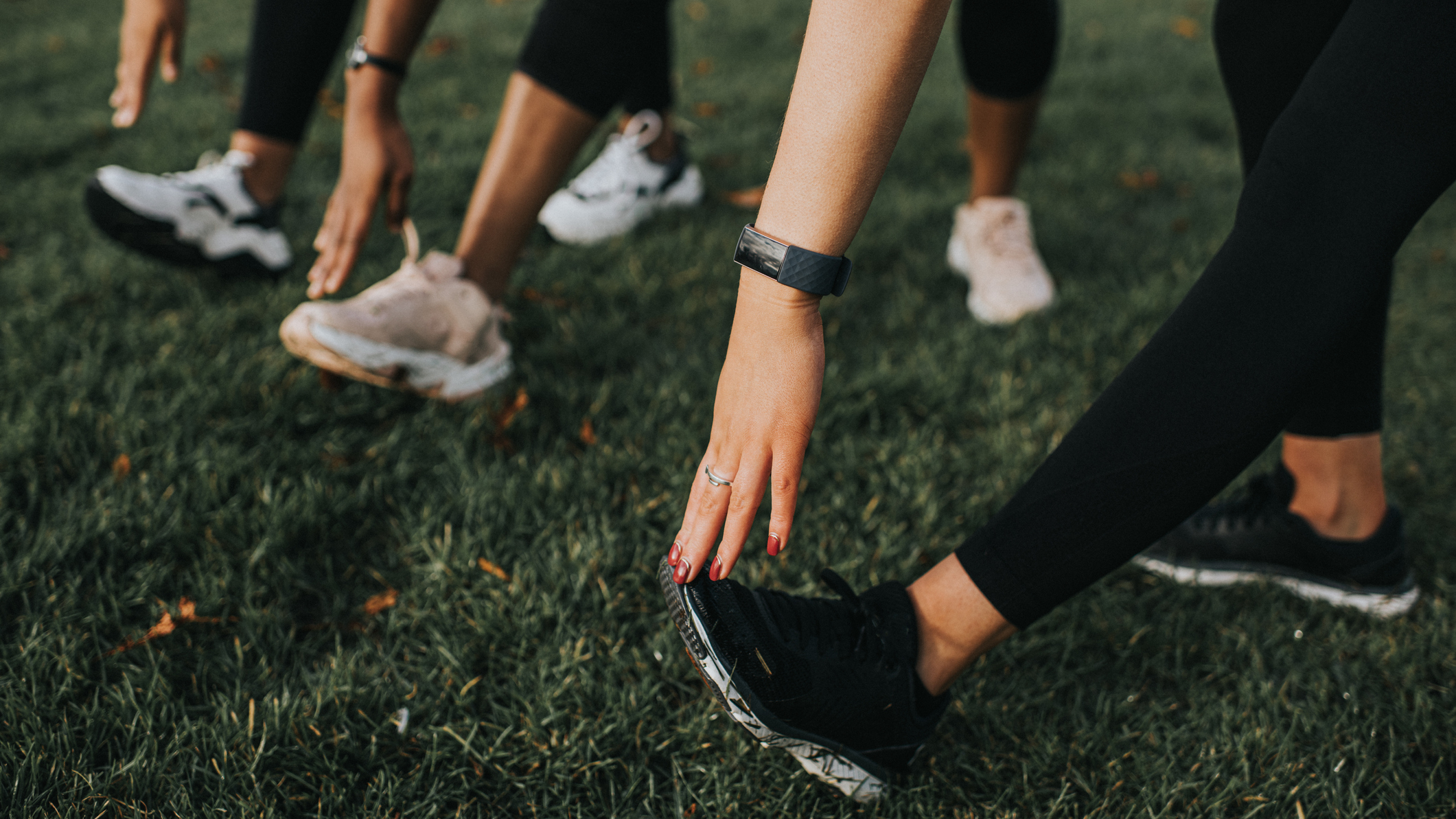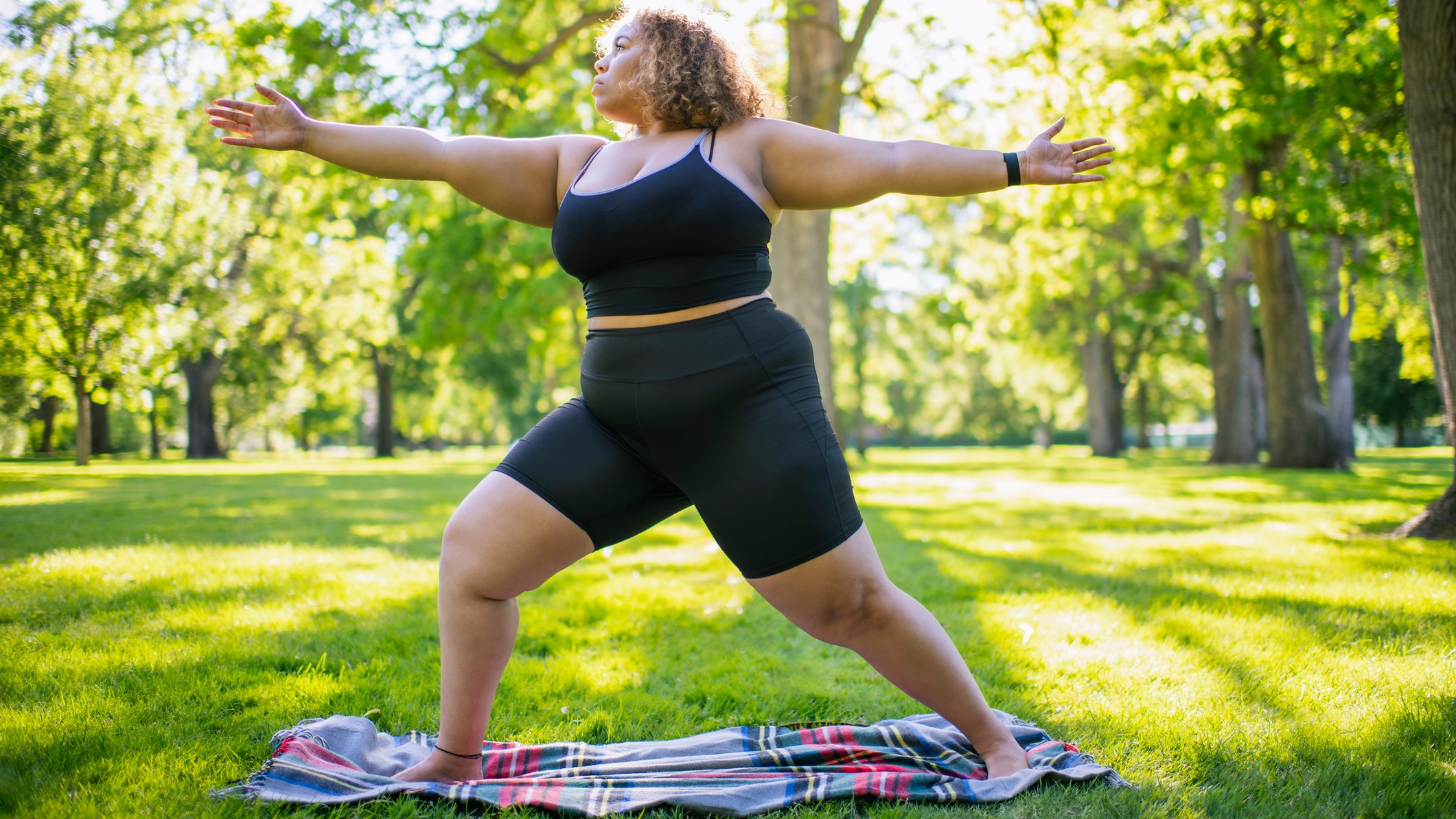Can you workout without shoes on? Here’s whether ditching your kicks while exercising is a good idea
Doing a workout without shoes has become increasingly popular—but is barefoot training is right for your routine?

It is true that keeping fit need not require much equipment—and for some people, that also includes doing a workout without shoes. Exercising while barefoot has risen in popularity in recent years, with fans suggesting that it not only feels less restrictive, but also helps your body move as it naturally should.
While it may make sense for home workouts (such as a session using one of the best resistance bands for women, say), not everyone is convinced that ditching your sneakers is suitable for all forms of fitness. “It’s a highly debated topic,” says Josh Davies, a personal trainer at fitness platform Aimee Victoria Long. “There are people who swear by training barefoot, and others who don’t see the value.”
So, to lace up or not? As you’ll find out, it depends very much on the type of training you’re planning to do. Read on to find out the benefits of making barefoot exercise one of your workout habits—and the occasions where opting for kicks may be the smarter option...
Should you workout without shoes? These are the potential benefits
1. It can reduces risk of injury
While you might assume that wearing sneakers would be the best way to protect your feet during exercise, this isn’t always the case—particularly when it comes to strength training.
“I am a big advocate of training in bare feet when it comes to big compound lifts like squats, deadlifts and lunges,” says Tash Lankester, a personal trainer at FLEX Chelsea. “It keeps you grounded, provides more stability, and increases your mobility and range of motion through your ankles.”
Lankester notes that wearing general running trainers—which come with a soft, cushiony sole—to lift weights isn’t a good idea. “They make it much harder to balance and execute the exercise correctly, and you are more likely to get injured,” she warns. One alternative is to wear weightlifting trainers—which have a flat sole—but otherwise, it's often best to go without when toning with the best dumbbells for women.
2. It can get the body working more naturally

Ditching your kicks will also force your feet—and body—to function as they were intended. “Barefoot training is our natural state,” says Amy Brogan, a personal trainer, Pilates instructor and founder of A Body Forever. “It enables us to really activate from the ground up, by aligning our gait properly, enabling our ankles to work in the right way and allowing our body to flow in the optimum position from the feet upwards."
In contrast, trainers stall this process. “They inhibit the way we move and weaken our stabilizers,” Brogan explains.
Alex Parren, a personal trainer and running coach at fitness brand Sundried, agrees, explaining: “Training barefoot will strengthen every muscle in your body and even wake up ones that have become lazy over the years." It can also help improve balance, stability and something called proprioception. "This refers to the way you are aware of your body and how your body is aware of the space around it,” she explains.
3. It can be beneficial whilst running (yes, really)
What’s more, running also has lots of benefits when done barefoot. “Think about how you run when you wear trainers; the soft cushioning allows you to ‘stomp’ a little and you may land quite heavily on your heels," points out Parren.
"Now, think about how you would run barefoot. With no cushioning, you would have to tread much more lightly and carefully, picking up your knees more, which would in turn make you stand more upright, improve your posture, and lead you to land more on your forefoot, which is desirable.”

Of course, running outside with bare feet doesn't sound like the most practical idea—so as an alternative, why not test it out on your at home treadmill? Or, you can purchase "barefoot" running shoes, which are a lot thinner and cling more tightly to your feet, to replicate the experience in a safer way for your tootsies.
What are the potential downsides of a workout without shoes?
Despite the benefits, there are some cons to not wearing sneakers when you workout—not least that wearing them can feel more comfortable and stable.
“I would always suggest putting them on if you are performing high intensity and high impact workouts,” says Josh Davies. “This includes when doing moves like jump squats, burpees and jump lunges—shoes will decrease the impact and force going through your ankles, knees and hips, which ultimately decreases the risk of injury."
Additionally, Brogan notes that if you are running on a treadmill or outdoors then wearing trainers is understandably necessary. “Your feet could be prone to injury if they aren’t protected, and possibly exposed to unwanted nasties on the floor,” she explains. "They may also be unable to absorb shock that well when it comes to plyometric training, and if you don’t have a natural neutral foot position it can create pressure in your joints.”

That said, Parren points out that many people's sneakers could be hurting them for different reasons. “A surprising number of people, particularly women, wear the wrong size shoes, which can lead to injuries and even disfigurement if it continues over a long time,” she explains.
“This is what often results in black toenails after running a marathon, for example—for what it’s worth, this should never happen and is a clear sign your trainers are too small. Additionally, over-pronation is also a common problem, and this can be exacerbated by the wrong shoes.” Something to check before your next 10K...
So, should you workout without shoes?
The experts agree that whether to go barefoot or not really depends on the type of workout you're planning to do, as well as the intensity and the likely impact on your feet.
Brogan notes that the following forms of exercise are ideal for training barefoot:
- Most forms of weight lifting
- Most body weight workouts
- Pilates
- Yoga (especially if you have one of the best yoga mats to hand, too)
- Kick boxing
However, she adds that these workouts are better suited to wearing trainers:
- Outdoor running
- Rock climbing
- Cycling or spin classes
- Power lifting
Overall, it seems that a workout without shoes isn't a bad idea, but is in fact highly dependent on the type of movement you plan on doing.
So before you try it out, consider whether you preferred exercise is suited to being shoe-free—and definitely don't try it out if you don't feel 100% comfortable.
Lauren is a freelance writer and editor with more than six years of digital and magazine experience. Most recently, she has been the Acting Commissioning Editor of Women's Health—where she co-produced the Going For Goal podcast—and has previously also written news and features for titles including The Telegraph, Grazia, Stylist, Dazed, The Sun's Fabulous, Yahoo Style UK and Get The Gloss. She covers all aspects of lifestyle, specializing in health, beauty, and travel. Can't live without: oat milk lattes, new podcast episodes, long walks, and great skincare.